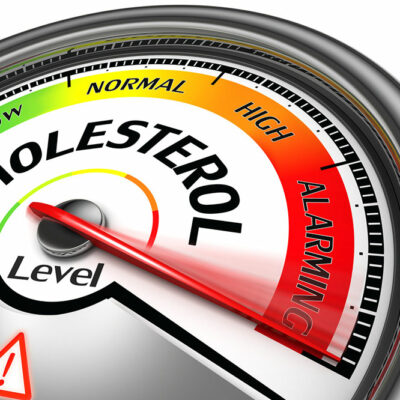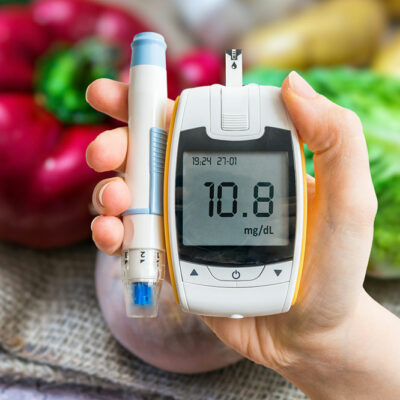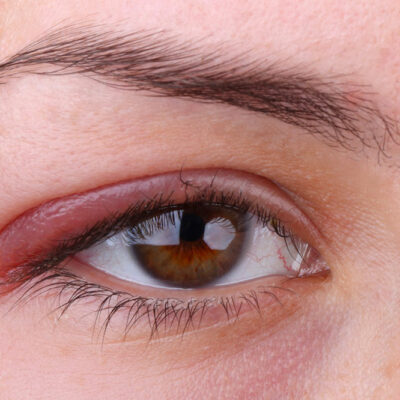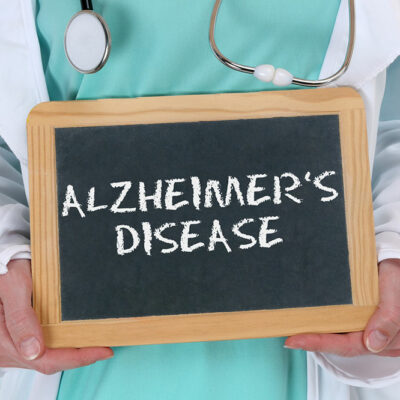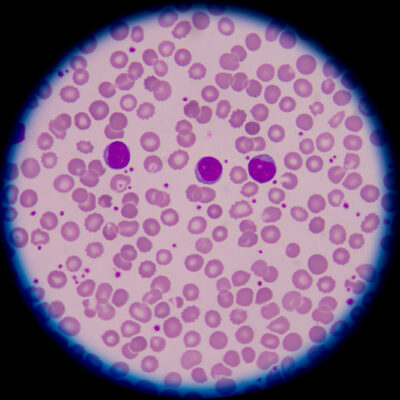
Types of blood disorders you must know about
A blood disorder is a condition that impacts one or more parts of the blood and prevents it from functioning correctly. These parts are red blood cells, white blood cells, platelets. All these cell types form in the bone marrow, a soft tissue located inside one’s bones. There are various types of blood disorders, and their symptoms depend on the type. However, unexplained fatigue and weight loss are the two most common symptoms. Here are all kinds of blood disorders that affect a person’s overall health: Red blood cell disorders As the name indicates, this type of disorder affects one’s body’s red blood cells. These cells are responsible for carrying oxygen from one’s lungs to the rest of one’s body. There are several types of red blood cell disorders; these include: Anemia Anemia is a prevalent blood disorder caused by the lack of mineral iron in the blood. The most common types of anemia include iron deficiency, pernicious, aplastic, autoimmune hemolytic, and sickle cell anemia. Thalassemia It’s a group of inherited blood disorders caused by a genetic mutation, resulting in the interference of the natural hemoglobin production. Without enough hemoglobin, oxygen is not transferred to all areas of the body, which leads to complications.
Read Article 